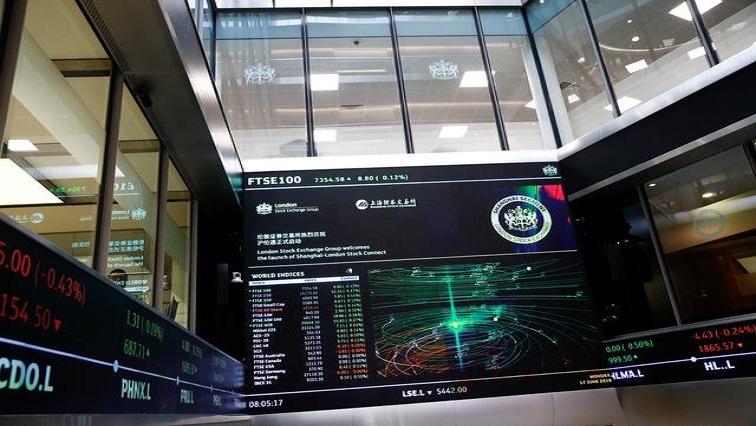The major British index, the FTSE 100, finished higher on Tuesday, the 7th of February at roughly 7,860 points, not far from its all-time high of around 7,900 points recorded on Friday the 3rd. This was supported by BP’s strong earnings, which were said to have doubled in 2022 to an all-time high of nearly $28 billion.
However, the market’s reaction toward the British index is surprising. Despite the fact that risks weighing on the British economy are real and possibly more significant than those weighing on the economies of other neighboring countries, the British index continues to rise and outperform its European peers.
The explosive combination of Brexit, inflation, monetary policy, increasing energy costs, and Forex exchanges will undoubtedly have a negative influence on the economic outlook of the UK, which will in turn have repercussions for the connected financial markets.
You need to be prepared for higher upcoming volatility in order to better protect your capital and take advantage of the many short-term and long-term opportunities that are available in the United Kingdom, regardless of whether you’re Forex trading in the UK or stock trading.
Let’s have a closer look at a couple of things you need to focus on when trading the British markets.
Is the Bank of England about to be done with its monetary policy tightening cycle?
On February 2, members of the Monetary Policy Committee (MPC) of the Bank of England voted in favor of raising the interest rate by 0.5%, bringing it up to 4%. As the BoE attempts to deal with persistently high levels of inflation, this was the eleventh time that interest rates have been raised since December 2021.
The latest inflation data published by the Office for National Statistics (ONS) shows that the Consumer Price Index (CPI) incorporating owner occupiers’ housing expenses (CPIH) increased by 9.2% in the 12 months leading up to December 2022, which is much higher than the targeted 2%.
Although the vast majority of central banks across the globe have kept up their efforts to tighten monetary policy so far this year, market participants are anticipating that central banks will slow down their rate hikes later on, as inflation appears to be declining. Nevertheless, inflationary pressures continue to be elevated, and any future decision made by central banks will be contingent on how inflation data develop over the course of the next months (as well as how they impact the job market, and growth by extension).
Stagnating wages in the United Kingdom pressured by inflationary pressures – A change of scenery that might fuel domestic inflation
In this article from CNN Business, research by PWC shows that salaries have not increased in Britain, despite the fact that inflation has reached double digits, which has resulted in the most severe cost of living crisis in many decades. However, things may be about to take a turn for the better as the result of a strike that is presently underway in the United Kingdom’s National Health Service. This strike is the biggest one of its kind in the history of the National Health Service.
Because inflation lowers the purchasing power of the population, money is no longer able to purchase the same quantity of goods and services as it did previously. This frequently prompts employees to request a wage rise to retain the same purchasing power.
But if this occurs, businesses may decide to raise their prices in order to maintain a stable profit margin in light of the fact that their production costs have gone higher. This would put further upward pressure on prices… This kind of situation is known as a wage-price spiral. Is there a chance that anything similar may take place in the United Kingdom?
